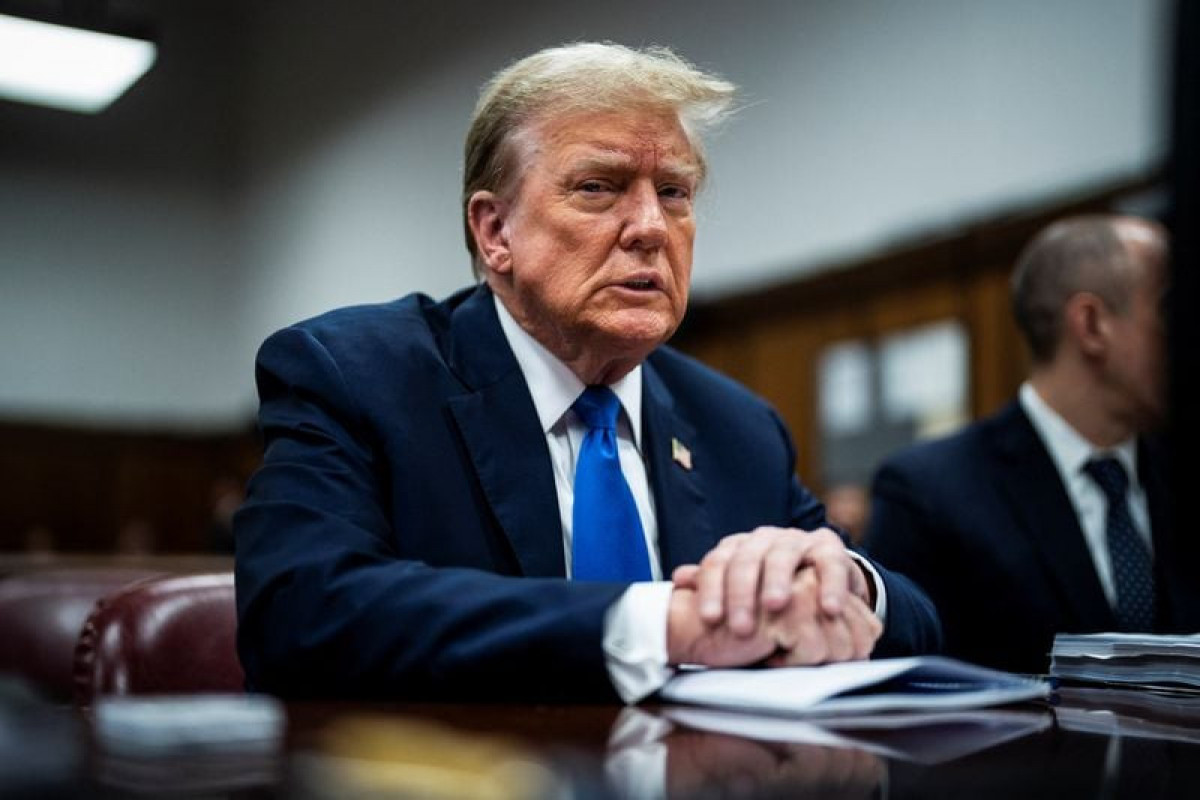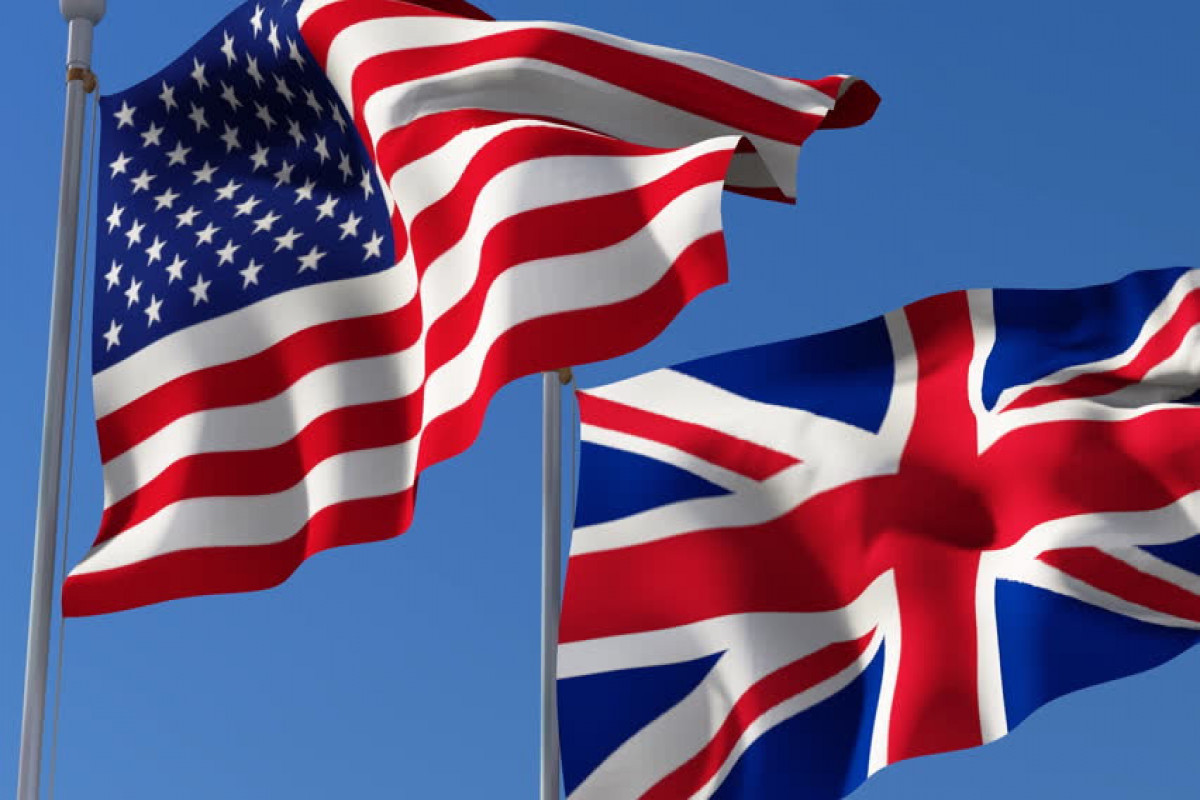The U.S. and El Salvador have reached a joint deal on immigration, the U.S. embassy in El Salvador said on Friday, without giving many additional details beyond those related to asylum claims, APA reports citing Reuters.
Acting U.S. Homeland Security Secretary Kevin McAleenan is scheduled to discuss the immigration agreement on Friday at a news briefing in Washington, DC.
It is the latest move by McAleenan to push for bilateral immigration deals with the Northern Triangle countries of Central America - Guatemala, Honduras and El Salvador - where most immigrants arriving at the U.S. southern border hail from.
U.S. President Donald Trump has made immigration enforcement a centerpiece of his administration and is pushing to staunch the flow of migrants - many of them families - crossing into the United States. Border crossings reached record highs earlier this year, frustrating Trump, whose central presidential campaign promise was to cut down on illegal immigration.
Guatemala signed a “safe third country”-type deal that requires asylum seekers to ask for refuge in Guatemala instead of in the United States if they traveled through the former on the way to the U.S.-Mexico border. The Guatemalan Congress, however has not ratified the deal.
The United States has a “safe third country” agreement with Canada.
Immigration advocates have said that Central American countries, where many people are fleeing from violence, poverty and endemic corruption, do not have the capacity to process more asylum claims and cannot provide a safe environment for vulnerable migrants.
Even as the U.S. government has been pursuing these international deals, the Department of Homeland Security (DHS) issued a rule on July 16 that would bar most migrants from gaining U.S. asylum if they had not sought safe haven in a country they transited through first.
The rule would accomplish virtually the same thing as the agreements but has faced legal challenges. A federal court initially blocked the rule from taking effect but the U.S. Supreme Court on Sept. 11 allowed it to be implemented while the court challenge is ongoing. [L2N2641F4]
Separately, Mexico agreed to allow more migrants to wait south of the border while their U.S. immigration cases are resolved, following a Trump threat of across-the-board tariffs on Mexican goods.
So far, since late January when this new administration policy known as the “Migrant Protection Protocols” went into effect, more than 42,000 migrants have been sent back to Mexico to wait for U.S. court dates.







